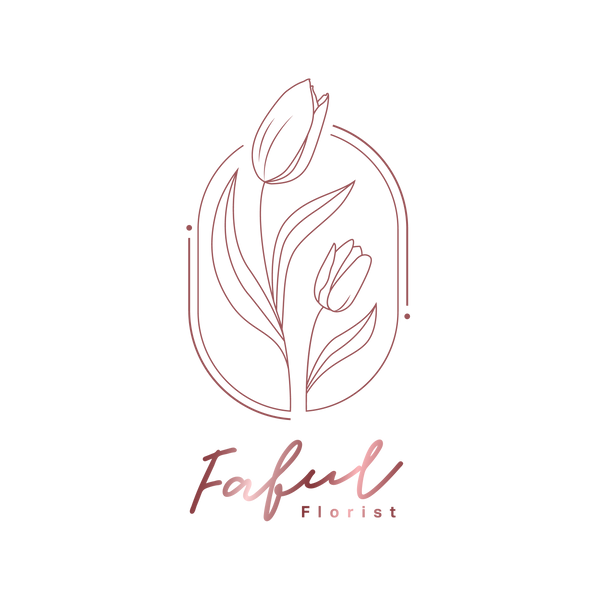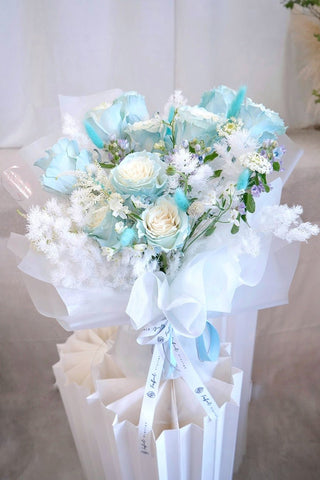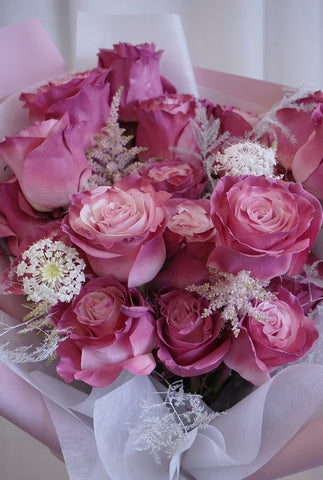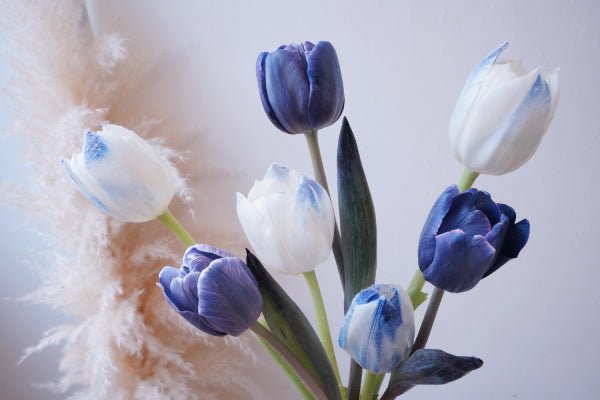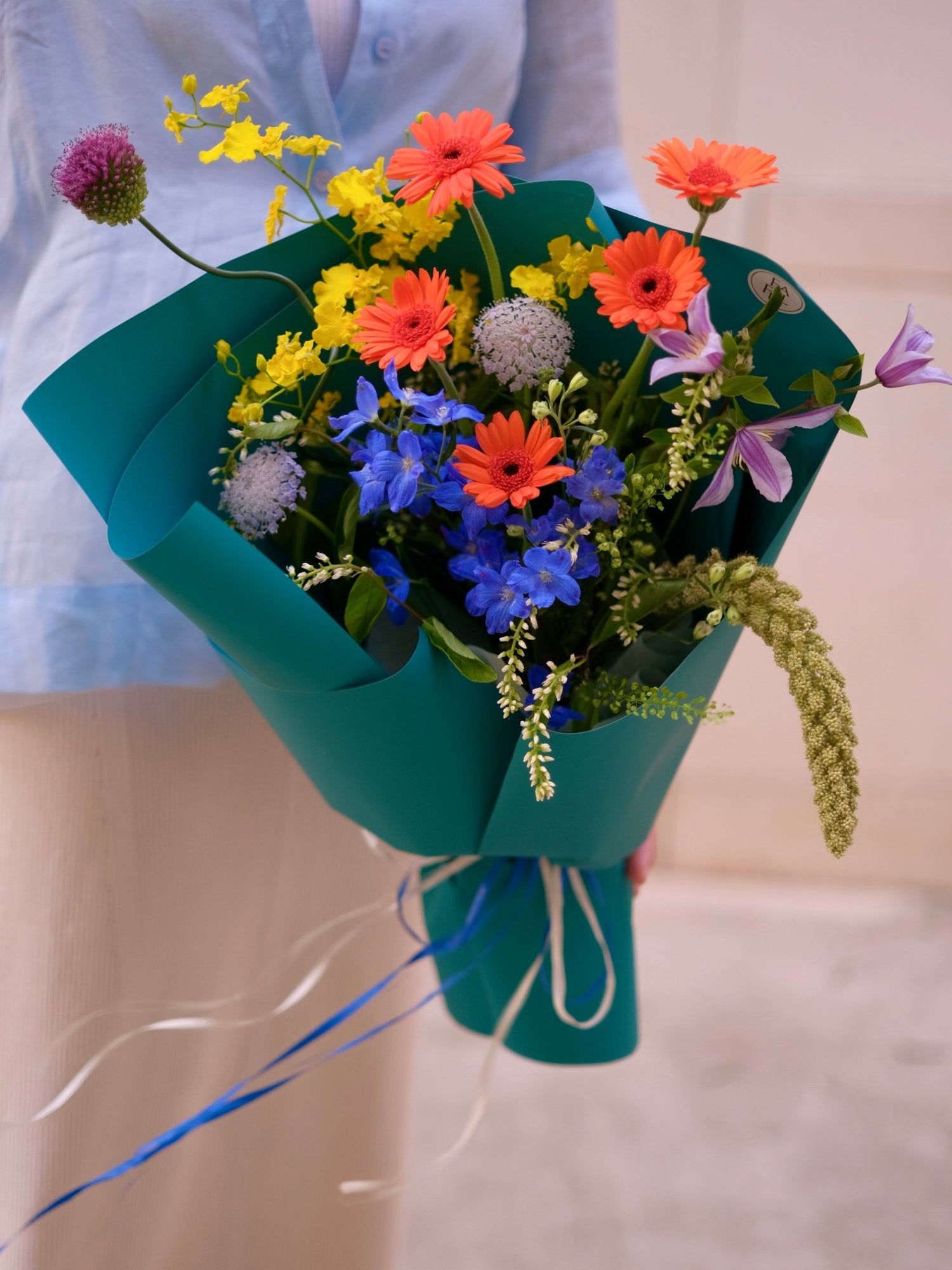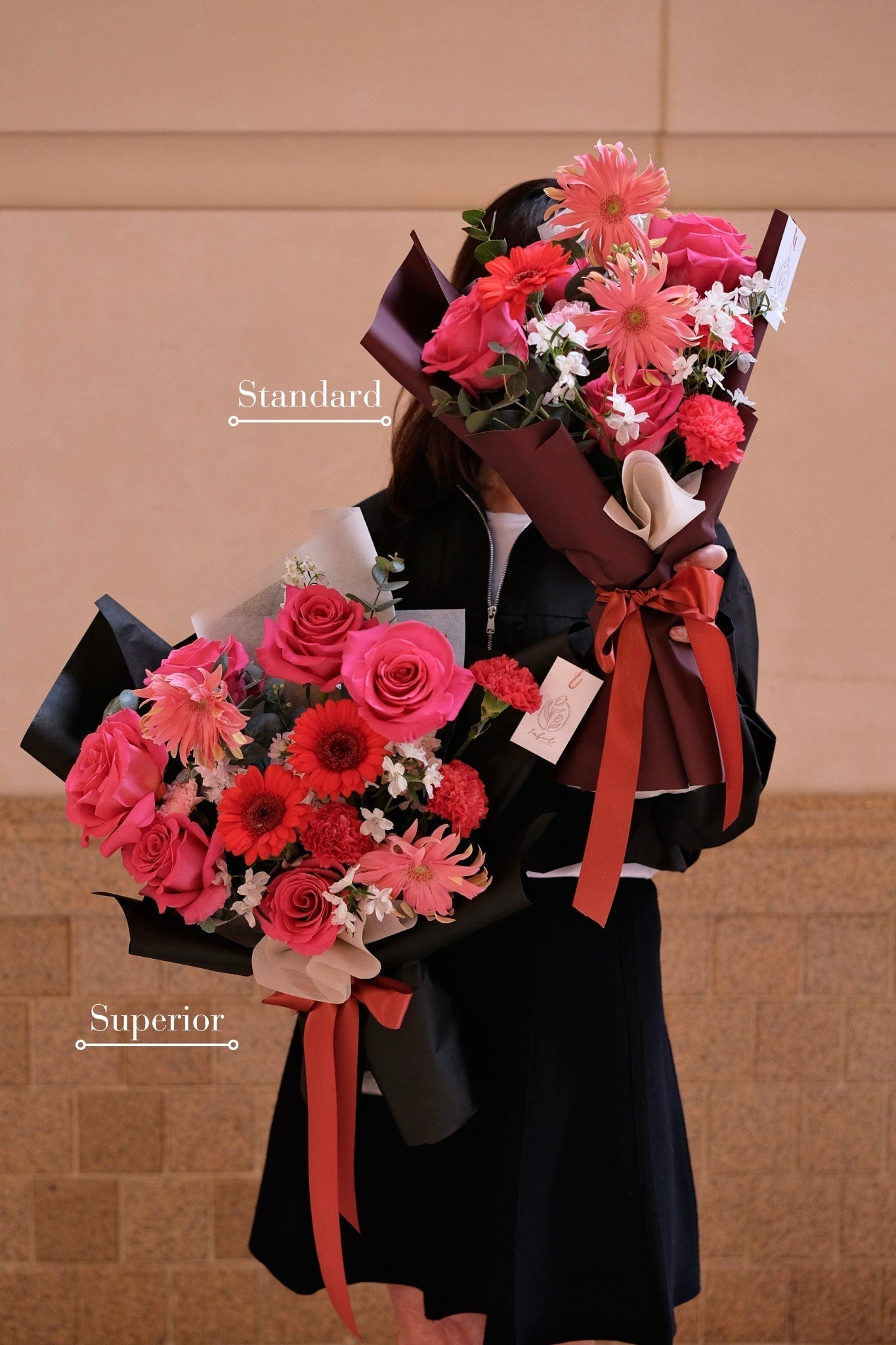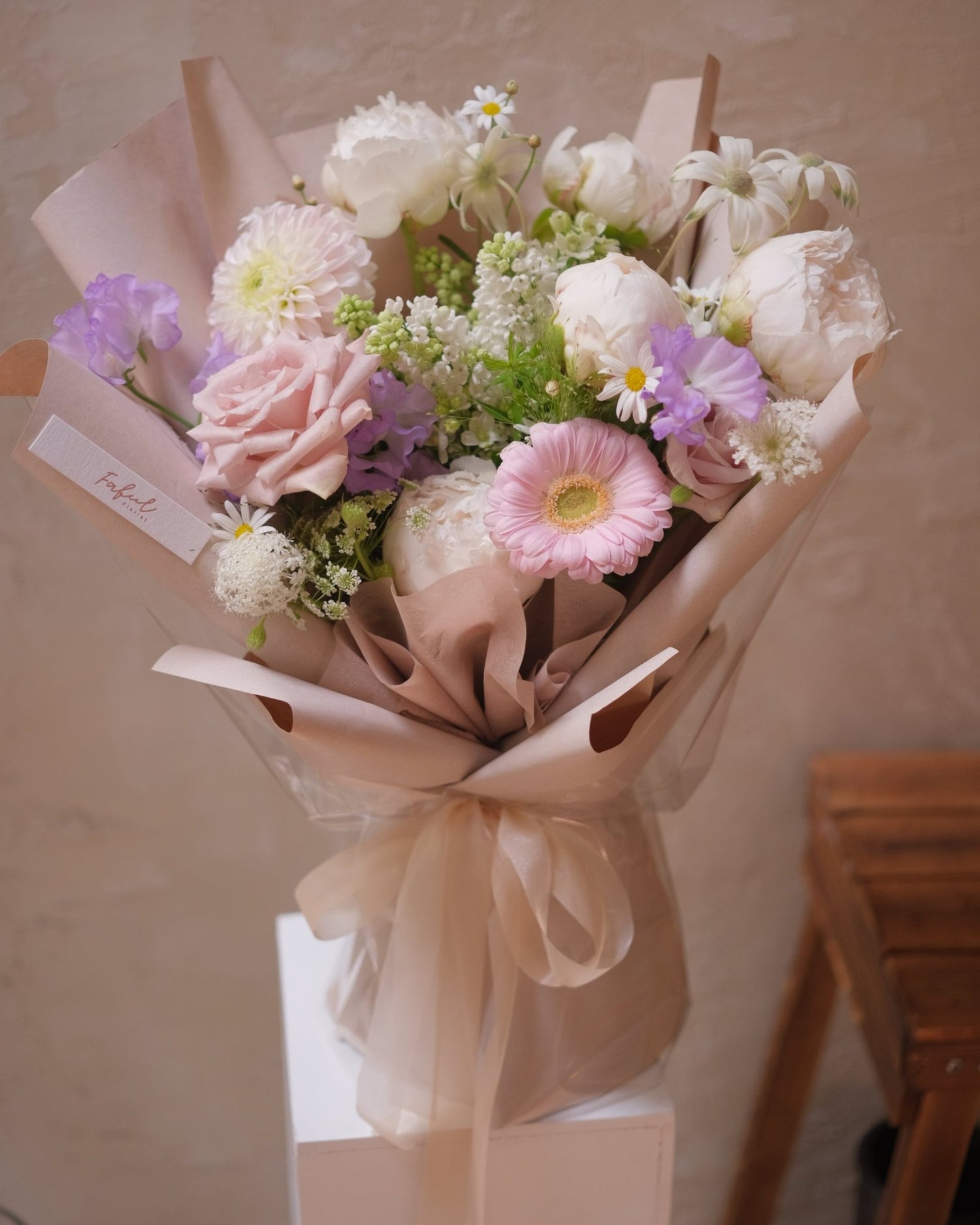
Hidden Rose Meaning: Unlock a World of Hidden Emotions
⏱️ Estimated Reading Time: 7 Minutes | 📅 Last Updated Year: 2026
Table of Contents
- Introduction
- Origin and Meaning of Rose Flower Meanings
- Rose Flower Meanings and Cultural Significance
- Application of Rose Flower Meanings in Modern Society
- Flower Meanings of Different Rose Colors and Their Significance
- Rose Flower Meanings by Quantity
- Introduction to Different Varieties and Characteristics
- Things to Note When Sending Flowers
- Romantic Stories Behind Rose Flower Meanings
- Conclusion: Choosing the Right Flower to Convey the Power of Love
🌹 Rose Flower Meaning Quick Cheat Sheet
| Rose Color | Core Flower Meaning | Recommended Series |
|---|---|---|
| Red Rose | Passionate Love, Passion, True Love | Red Rose Series |
| Pink Rose | First Love, Gentleness, Gratitude | Pink Rose Series |
| Champagne Rose | Elegance, Nobility, Warm Love | Champagne Rose Series |
Introduction

Origin and Meaning of Rose Flower Meanings
Rose flower meaning originates from ancient love legends and myths, holding significant symbolic meaning in different cultures. Since ancient times, the rose has been regarded as a symbol of love and beauty. From ancient Rome to ancient Greece, it was often associated with the goddess of love, Aphrodite or Venus, symbolizing the eternity and beauty of love. In Greek mythology, it is the symbol of the love goddess Aphrodite, representing the beauty and eternity of love. Although these legends are mythical stories, they have profoundly influenced its cultural significance as a symbol of love. In medieval Europe, red roses were given religious significance, representing the blood of Jesus, symbolizing sacrifice and love. The rose is not only a symbol of love but also a way to express emotions and blessings; its beauty, fragrance, and color make it a classic choice for emotional expression.
The rose is not merely a symbol of love but also a way to express emotions and convey blessings; it appears in many Valentine's Days and important occasions throughout history. The beauty, fragrance, and color of the rose make it a classic symbol of love and emotion. Faful Florist has compiled information about rose flower meanings, hoping that by understanding rose flower meanings, we can better express our inner emotions and let roses become the carrier of our sentiments.
Rose Flower Meanings and Cultural Significance
Rose flower meaning is not just a synonym for love; it carries rich symbolic meanings in different cultures. In Christian culture, the rose is often connected with the purity and mercy of the Virgin Mary, symbolizing divine love and devotion. In Eastern culture, such as in China, rose flower meaning is often associated with beautiful wishes and blessings of happiness, commonly seen in festivals or wedding occasions.
This cross-cultural diversity makes rose flower meaning a universal emotional language. Understanding these backgrounds not only deepens our knowledge of rose flower meanings but also helps us choose more meaningful bouquets when sending flowers, letting every rose tell a unique story.

Application of Rose Flower Meanings in Modern Society
In today's society, the application of rose flower meanings has long transcended romantic expressions between lovers, permeating various social scenarios. For example, in business settings, a bouquet of Yellow Roses can convey respect and friendship to partners, symbolizing a harmonious relationship; while in family gatherings, Pink Roses are a warm choice to express care and gratitude to relatives.
The versatility of rose flower meanings makes it an indispensable medium in interpersonal interactions. Whether celebrating a birthday, visiting the sick, or a graduation ceremony, choosing the appropriate rose flower meaning can make emotional expression deeper and warmer, demonstrating the sender's thoughtfulness.
Flower Meanings of Different Rose Colors and Their Significance
- Red Rose Flower Meaning: Symbolizes passionate love, sincerity, and enthusiastic love; it is the most common choice between lovers. Its bright color is as intense as fire, symbolizing strong love and desire, commonly seen in proposals, Valentine's Day, and other romantic occasions. Its rose flower meaning is very clear, expressing a deep commitment to love.
- Pink Rose Flower Meaning: Represents first love, care, and special concern; suitable for expressing gentle emotions and gratitude. Its soft tone symbolizes sweet love, commonly used to express gratitude and blessings. Its rose flower meaning color is full of warmth and sweetness.
- Yellow Rose Flower Meaning: Yellow roses mainly symbolize friendship, joy, and beautiful blessings, suitable for friends to express warm sentiments. However, in Western romantic contexts, it may represent jealousy, infidelity, or lost love; while in Eastern cultures (like China), yellow flowers sometimes symbolize nobility and wealth. When sending flowers, one should consider the recipient's cultural background to ensure positive sentiments are conveyed.
- White Rose Flower Meaning: Symbolizes purity, innocence, and loyal love; commonly used in weddings or to indicate pure love. Its flawless purity symbolizes sincere emotions and is one of the most common flowers in weddings because it represents the purity and loyalty between the newlyweds, symbolizing a beautiful beginning and eternal commitment between the two. Its rose flower meaning emphasizes innocence and loyalty.
- Purple Rose Flower Meaning: Represents eternal love, romantic true feelings, and preciousness; suitable for expressing unique and lasting emotions. Its mystery and nobility make it an ideal choice for expressing unique love. Its rose flower meaning symbolizes dreams and romance.
- Orange Rose Flower Meaning: Symbolizes youth, first love, friendship, and shy moods; suitable for conveying gratitude to friends. Its vitality and vigor symbolize the heartbeat of first love and enthusiastic friendship, and also symbolize passion and energy. Its rose flower meaning expresses first love and gratitude.
- Black Rose Flower Meaning: Symbolizes mystery, death, eternal love, and loyalty. Black roses are not common flowers in nature and are usually made through dyeing or special cultivation techniques, so they carry a unique and mysterious symbolic meaning. In some cultures, black roses represent mourning for lost love or the end of a relationship; but in modern floristry, they are also given more positive meanings, commonly used to express undying love and loyalty, even symbolizing deep affection that transcends life and death. Its deep tone exudes a unique charm, making it very suitable for expressing restrained yet profound emotions, or as a decoration on special occasions like Halloween to create a mysterious atmosphere.
- Champagne Rose Flower Meaning: Symbolizes elegance, nobility, warm love, and blessings. The color of champagne roses is between beige and pale pink, emitting a warm and soft glow, often seen as a symbol of mature love, representing cherishing and gratitude towards a partner. Its tone is not overly flamboyant yet remains elegant, making it very suitable for expressing affirmation and blessings for long-term relationships, such as wedding anniversaries or family gatherings. Champagne roses also frequently appear in wedding floristry, symbolizing the warm and lasting love between the newlyweds, while entrusting beautiful expectations for their future life.
- Blue Rose Flower Meaning: Since it does not exist in nature, it is created by dyeing. It symbolizes miracles and destined love, suitable for expressing unique and mysterious emotions. It represents impossible dreams and magical encounters, a symbol of love full of fantasy. Modern times also see roses with blue tones cultivated through genetic technology, but they remain rare. It is often used in modern floristry for weddings or special anniversaries, symbolizing unique love and rare miracles, making it an ideal choice for expressing profound emotions. Its rose flower symbolism stands for miracles and destiny.
Rose Flower Meanings by Quantity
- 1 Rose Flower Meaning: Represents "Love at first sight" or "Only love", a direct and sincere expression of love. This is one of the simplest rose flower meaning quantities, expressing unique love for someone.
- 10 Roses Flower Meaning: Symbolizes "Perfect love", representing perfect expectations for love, conveying infinite praise and reverence for the partner. This rose flower meaning quantity is suitable for expressing the perfection and sincerity of love.
- 12 Roses Flower Meaning: Symbolizes "Perfect love", commonly seen in proposals or anniversaries, expressing commitment and loyalty to love. In Western culture, it also implies "Loving you every month", symbolizing long-lasting love.
- 99 Roses Flower Meaning: Represents "Being together forever", implying eternal love and a commitment to never leave, symbolizing the longevity and stability of love. This is one of the most representative rose flower meaning quantities, used to express eternal love.
- 100 Roses Flower Meaning: Symbolizes "A harmonious union lasting a hundred years", a blessing for a long-lasting relationship, suitable for expressing expectations and a beautiful vision for future life. This rose flower meaning quantity symbolizes a commitment to the future.

Introduction to Different Varieties and Characteristics
There are many varieties of roses, each with its unique characteristics and rose flower meaning:
- Damask Rose: Known for its rich fragrance, typically symbolizing romance and deep love. Damask roses are often used to make perfume, and their scent symbolizes passion and loyalty in love.
- Bulgarian Rose: Also a variety with an extremely rich fragrance, regarded as a symbol of love and beauty, suitable for expressing deep and lasting emotions. Bulgarian roses are mainly used to extract rose oil, and this essential oil is an important ingredient in high-end perfumes.
- Ecuadorian Rose: Known for huge blooms and bright colors, commonly seen in weddings and anniversaries. Its noble symbolism comes from its quality and rarity; grown in high-altitude regions, they have a longer vase life, suitable for expressing lasting love.
Things to Note When Sending Flowers
When sending roses, one should choose the appropriate color and quantity according to different occasions and recipients, so as to better convey one's intentions and avoid misunderstandings:
- Color Selection: Red roses are suitable for lovers, while yellow roses are suitable for friends or to express apologies. When sending flowers, pay attention to the meaning of colors and choose a color that can accurately convey your intentions. Different rose flower meaning colors have different symbols, and choosing the right color is the key to conveying the correct emotion.
- Quantity Selection: Different quantities have different symbols; one should understand them clearly before sending roses to avoid misunderstandings. For example, sending 4 roses may be considered unlucky in some cultures and should be avoided. Understanding the importance of rose flower meaning quantities can help avoid embarrassment and misunderstandings.
- Cultural Differences: In Asian cultures, certain colors and quantities may have special meanings; for instance, yellow roses symbolize heartbreak in certain contexts. Therefore, when sending flowers, consider the recipient's cultural background to ensure the conveyed sentiment is positive and affirmative. Cultural differences in rose flower meaning colors and symbols require special attention.

Romantic Stories Behind Rose Flower Meanings
There are many romantic legends and stories behind rose flower meanings:
💡 Rose Trivia: The Legend of the Purple Rose
The flower meaning of the purple rose stems from an ancient love story. Legend has it that after a wealthy man's beloved wife passed away, he built a crystal coffin for her and sank it to the bottom of a lake. The next day, the lakeside bloomed full of purple roses, symbolizing eternal guardianship and unchanging love. This story expresses endless longing and guardianship for a loved one, symbolizing love that transcends life and death.
- In Greek mythology, the love goddess Aphrodite, in search of her lover Adonis, ran through thorny rose bushes. The thorns pricked her hands, and her blood dripped onto the rose petals. From then on, white roses turned into red roses, symbolizing immortal love.
- The legend of the blue rose tells of a young man who, in order to gain the approval of his beloved, searched for a blue rose that never existed in the world. He eventually dyed a blue rose through his own efforts, symbolizing miracles and persistence in love.
Conclusion: Choosing the Right Flower to Convey the Power of Love
The diversity of rose flower meanings makes it the best choice for expressing love and emotions. Every rose has its unique symbolic meaning, helping people accurately convey their intentions. Choosing the right flower can not only convey love but also produce a profound and lasting emotional impact, making the recipient truly feel the power of love. The different meanings represented by the color, quantity, and variety of roses make it a classic choice in emotional expression. Whether in proposals, anniversaries, or Valentine's Day, roses can help people express their deepest emotions with their beauty and profound symbolism. Through roses, we can extend the power of love infinitely, making every important moment full of romance and beauty.
The diversity of rose flower meaning colors and rose flower meaning quantities makes it an ideal choice for conveying emotions. Each color and each quantity has a unique symbolic meaning, helping people convey the most sincere emotions on different occasions.

| Category | Item | Symbolic Meaning |
|---|---|---|
| Color | Red Rose | Passionate Love, Sincerity, Enthusiastic Love |
| Color | Pink Rose | First Love, Caring, Special Concern |
| Color | White Rose | Purity, Innocence, Loyal Love |
| Color | Yellow Rose | Friendship, Joy (May represent apologies or lost love in Western romance) |
| Color | Purple Rose | Eternal Love, Romantic True Feelings, Preciousness |
| Quantity | 1 Flower | Love at first sight, Only love |
| Quantity | 10 Flowers | Perfect Love |
| Quantity | 99 Flowers | Being together forever, Everlasting |
